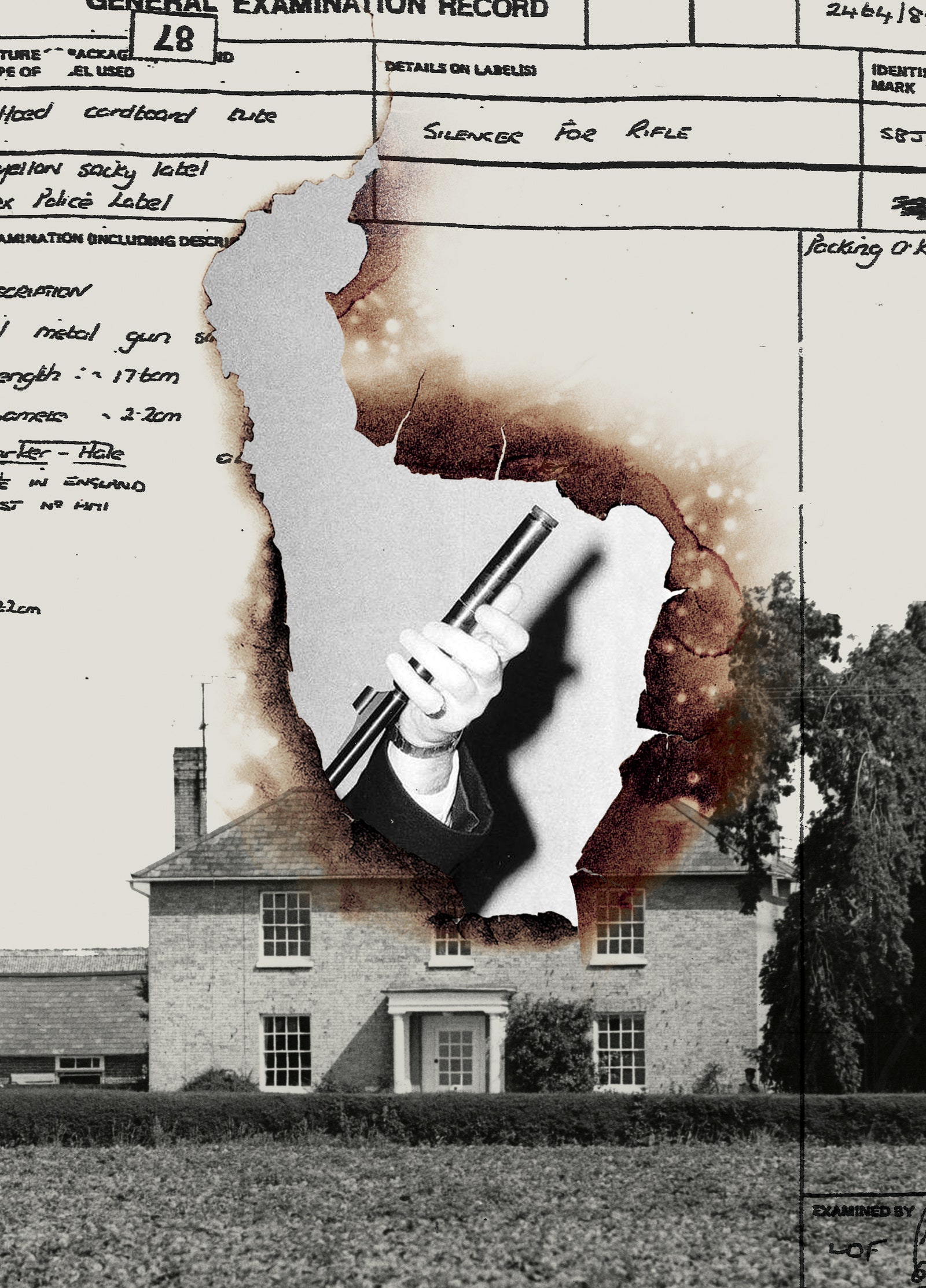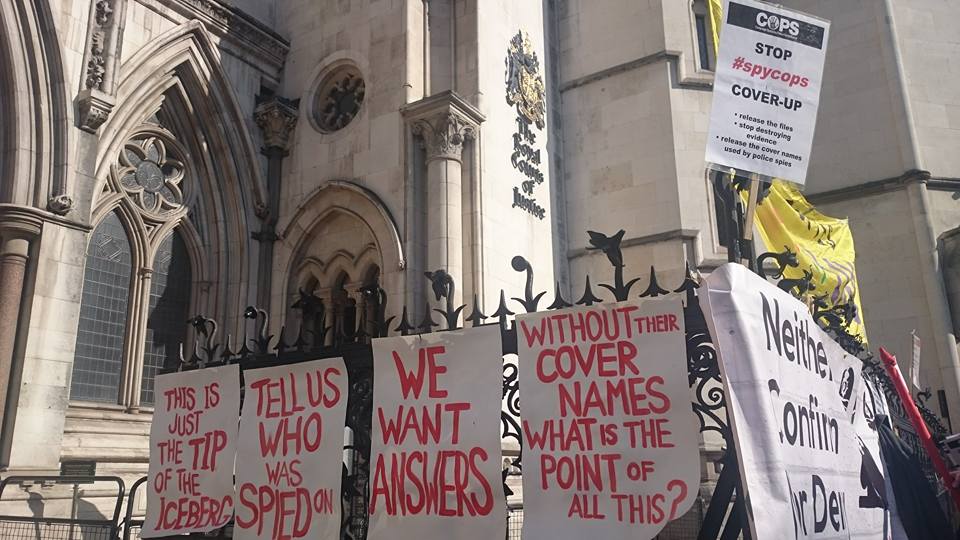A crucial alibi for Jeremy Bamber may have been uncovered that would call into question his convictions for the murder of his adopted family.
A new podcast from the New Yorker interviews a police officer linked to the case who revealed a critical phonecall around the time of the murders which he claims to show someone was in the house where the murders took place, while Bamber was stood outside with police.
On the 7th August 1985, June and Neville Bamber, their adopted daughter Sheila Caffell and her two six-year old twin sons, were all found dead at Whitehouse Farm from gunshot wounds. Whilst the crime was initially treated as a murder-suicide committed by Sheila Caffell, evidence emerged later which turned police attention to Jeremy Bamber.
The Guardian reports that the newly released Blood Relatives podcast includes an interview with PC Nick Milbank who worked at the Essex Police Headquarters at the time of the murders. This audio confirms reports from journalist Heidi Blake in the New Yorker last year where she claimed Milbank told her he received a 999 call from someone inside Whitehouse Farm at 6:09am on the morning of the murders. Blake reported of her discussion with Milbank: ‘He recalled hearing what might have been muffled speech – perhaps a ‘voice or a radio’ and noises that could have been ‘a door opening and closing, or a chair being moved’. I asked if this suggested that someone had been alive in the house. ‘Well, obviously,’ Milbank replied.’
This would be crucial evidence for Jeremy Bamber because, if verified, it would mean he could not have committed the murders. He was standing outside the farmhouse with 25 police officers at this time. It also directly contradicts an unsigned statement allegedly given by Milbank in 2002 where he said there was no 999 call but he was listening to an open line in the farmhouse and heard no voices or movement until the police entered at 7.30am. Blake reported that Milbank denied writing the statement and that no one had asked him about the crime ‘since the nineteen-eighties’.
The new audio evidence could be crucial to Jeremy Bamber in appealing against his conviction. The Criminal Cases Review Commission, the body responsible for reviewing alleged miscarriages of justice, has recently refused to send Bamber’s case back for a hearing at the Court of Appeal.
Bamber’s application had raised the alleged new evidence about the 999 call from PC Milbank. However, The Guardian reports the New Yorker refused to disclose the audio to the CCRC at the time of their investigation. The CCRC then rejected this ground after Essex Police reportedly told them Milbank had made a new statement (dated 10 September 2024) where he denied speaking to the New Yorker and accepted he must have written the 2002 statement. Milbank then died shortly after this in 2024.
The CCRC’s handling of the Bamber case has been heavily criticised for allowing Essex Police to speak with Milbank, who was a key witness. The Guardian reports comments from Philip Walker of the Jeremy Bamber Innocence Campaign who said the CCRC ‘had an obligation to protect Nick Milbank after he disclosed a potential cover-up by his employer, Essex police’ but instead, ‘The CCRC put him at risk and compromised his evidence by allowing the force to deal with him directly.’
In her article, Blake also revealed that the CCRC had only been able to review three out of nine potential grounds for appeal submitted by Bamber’s lawyer in 2021. This slow pace, along with high profile failings such as the Andrew Malkinson case, have led to concerns and frustration over the effectiveness of the CCRC.







